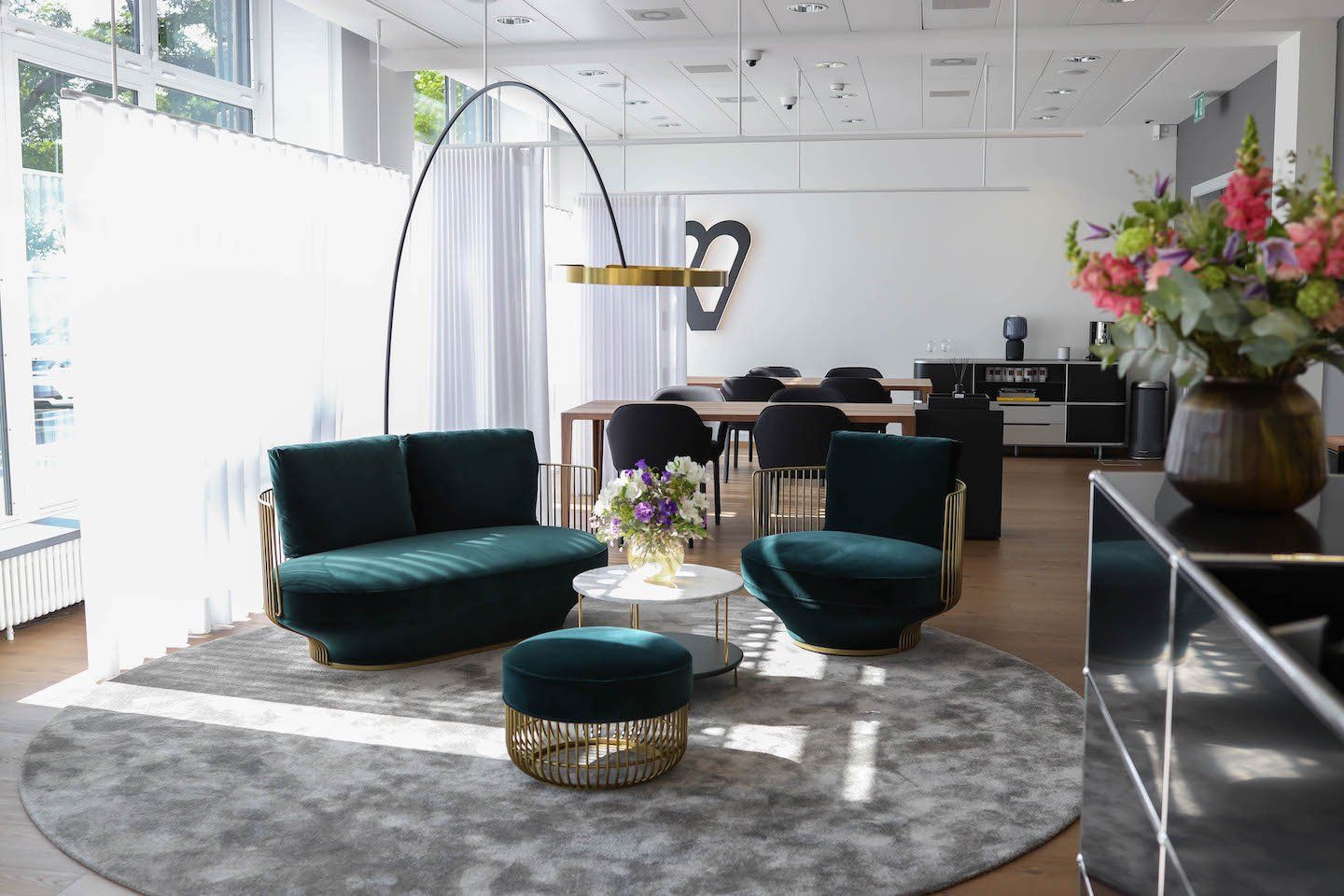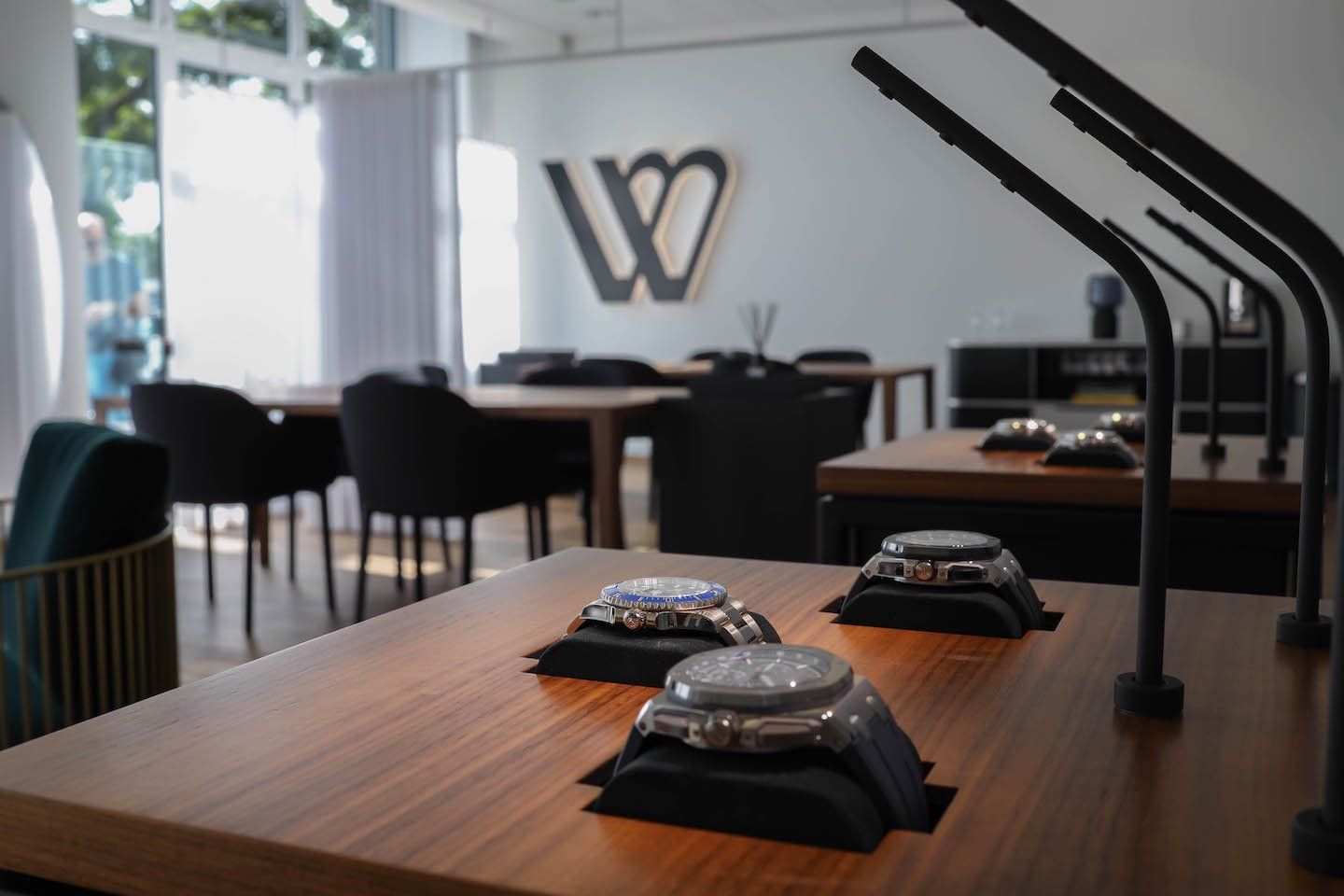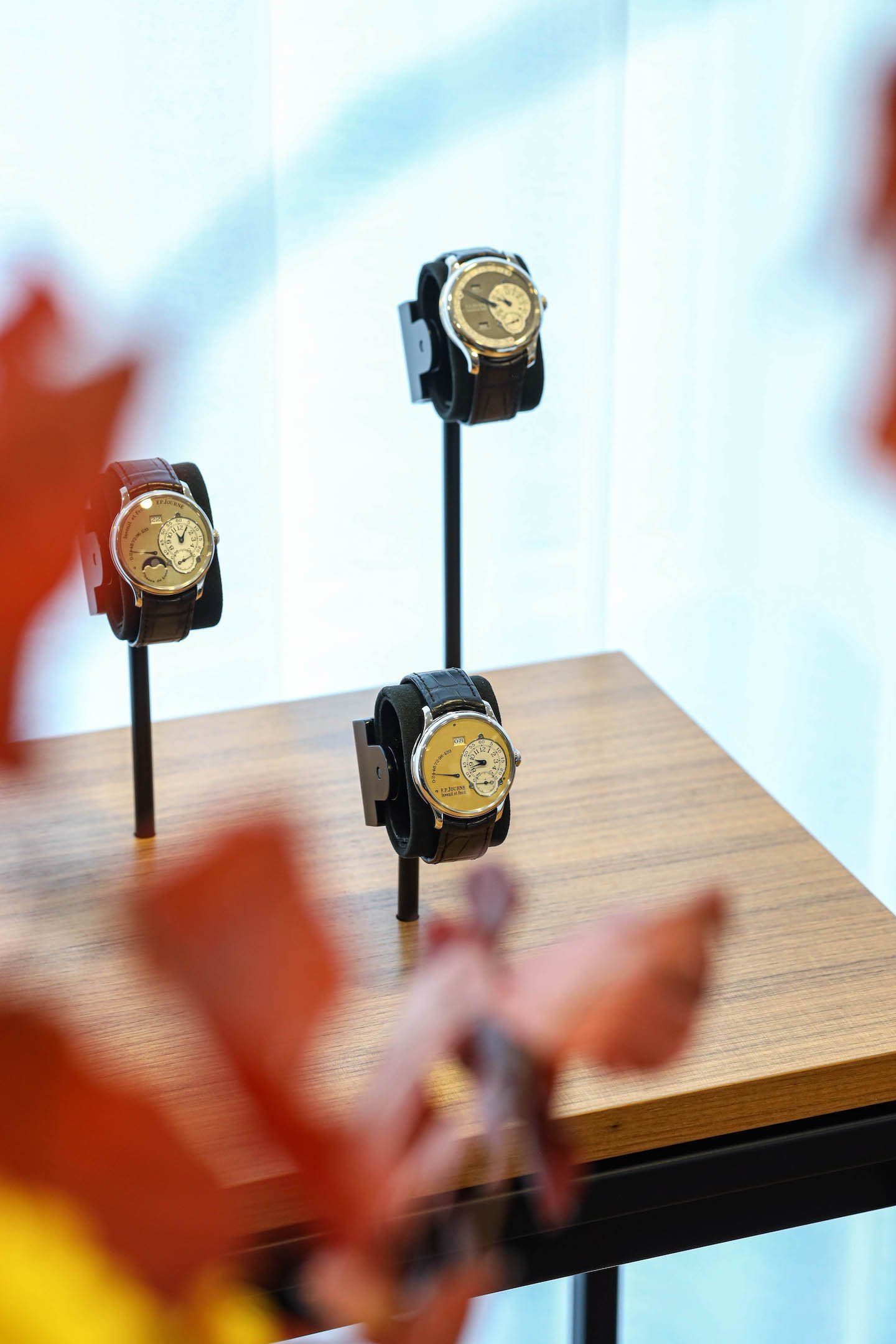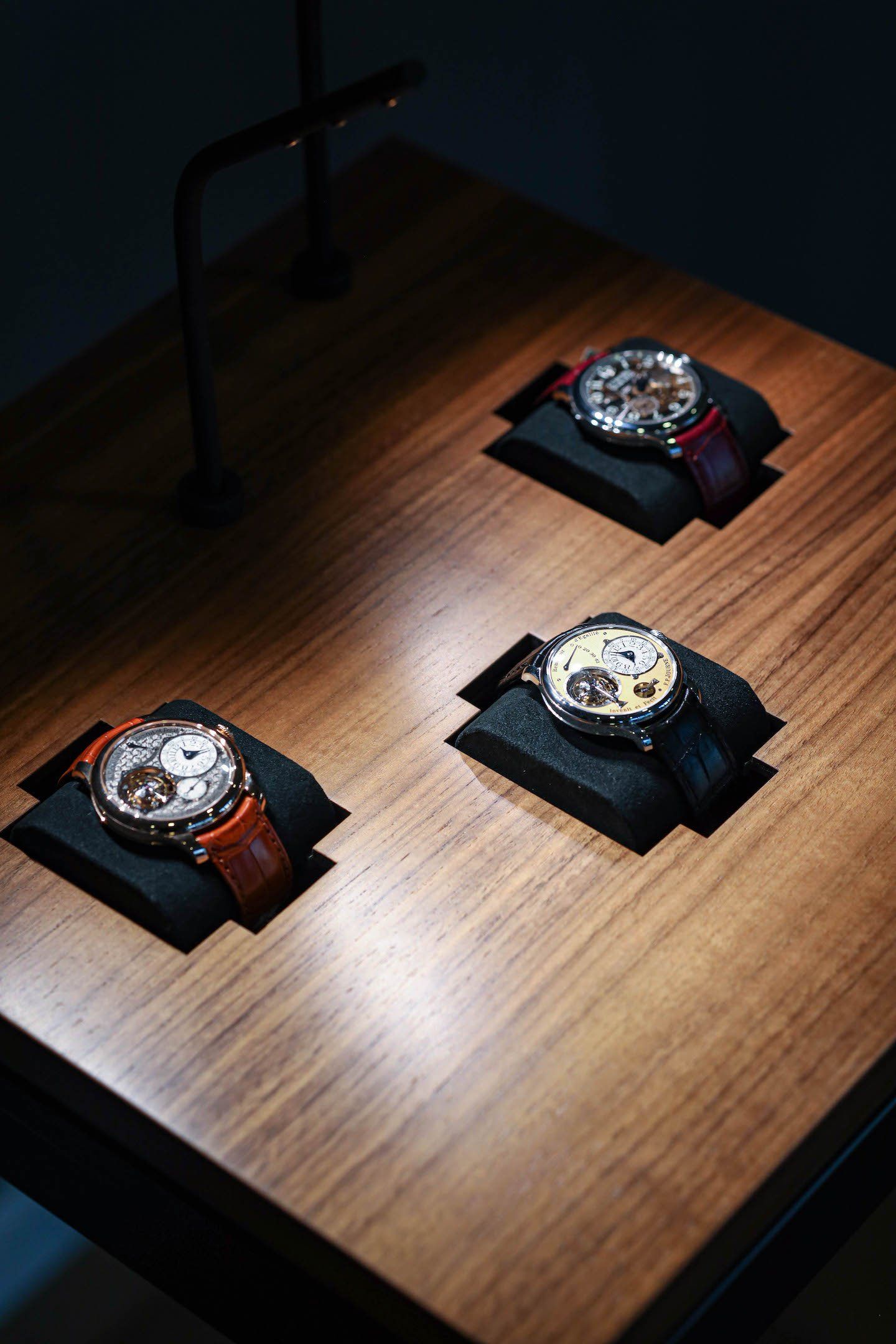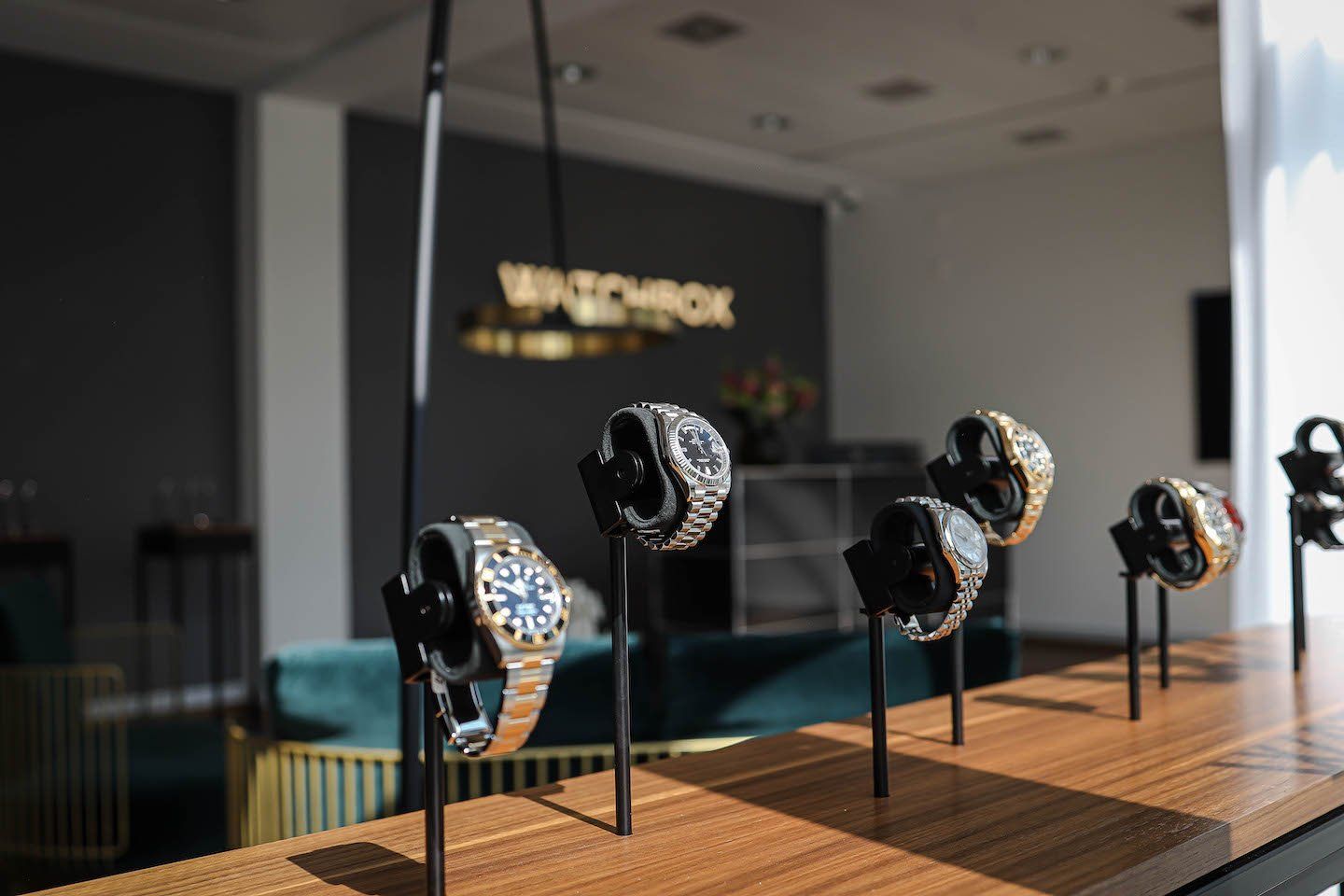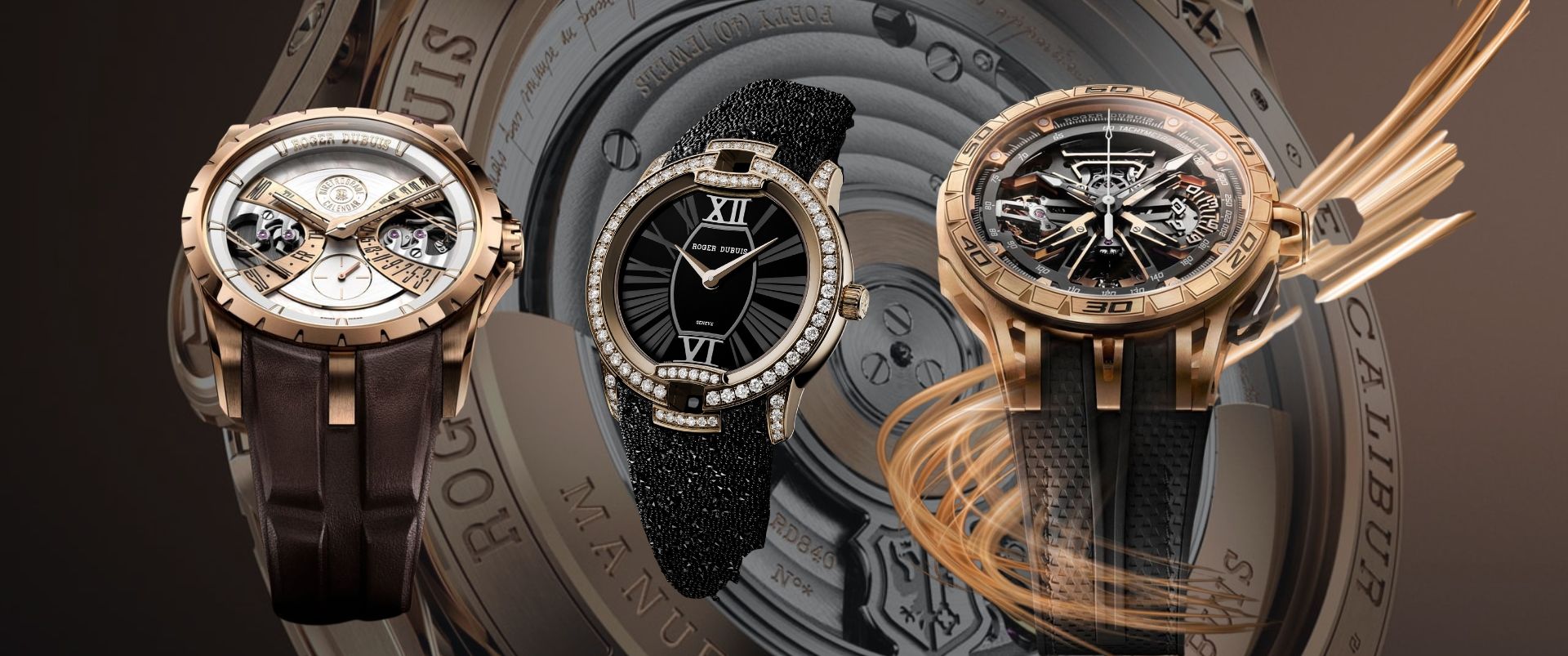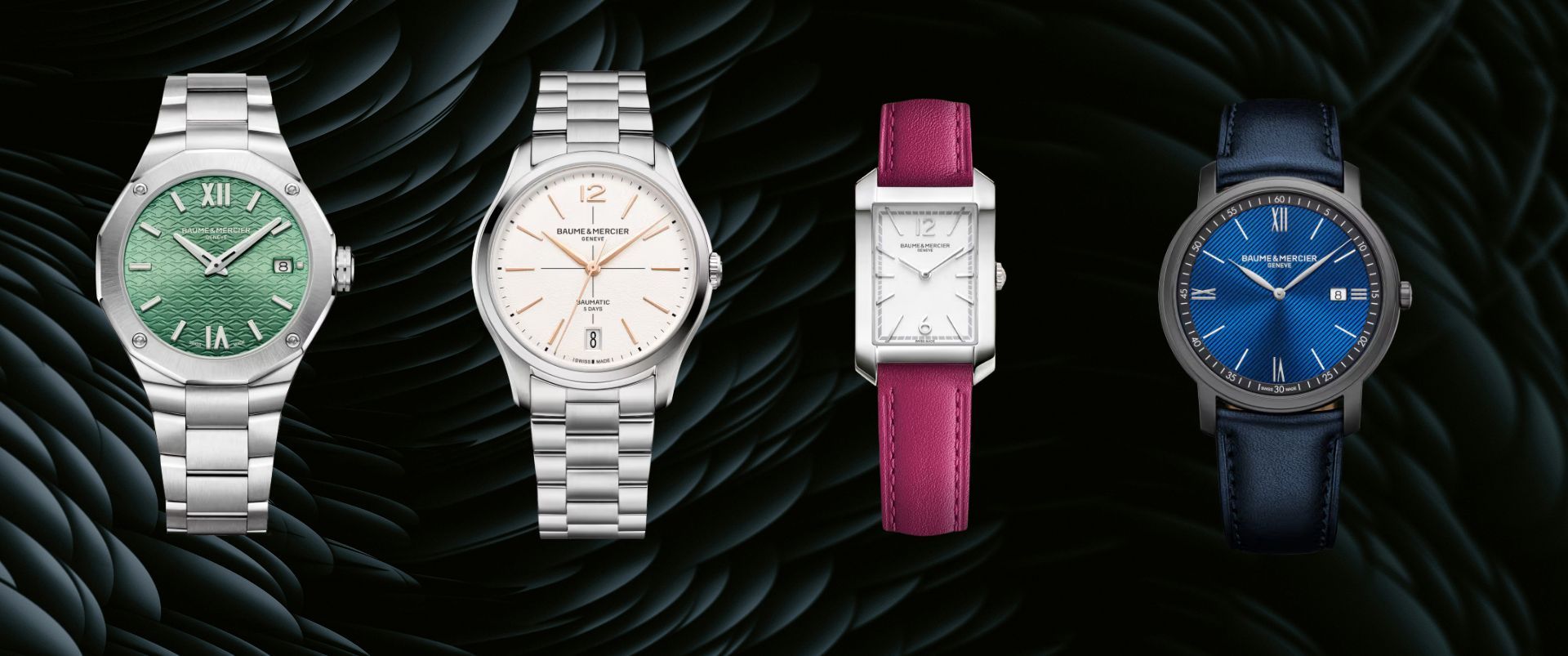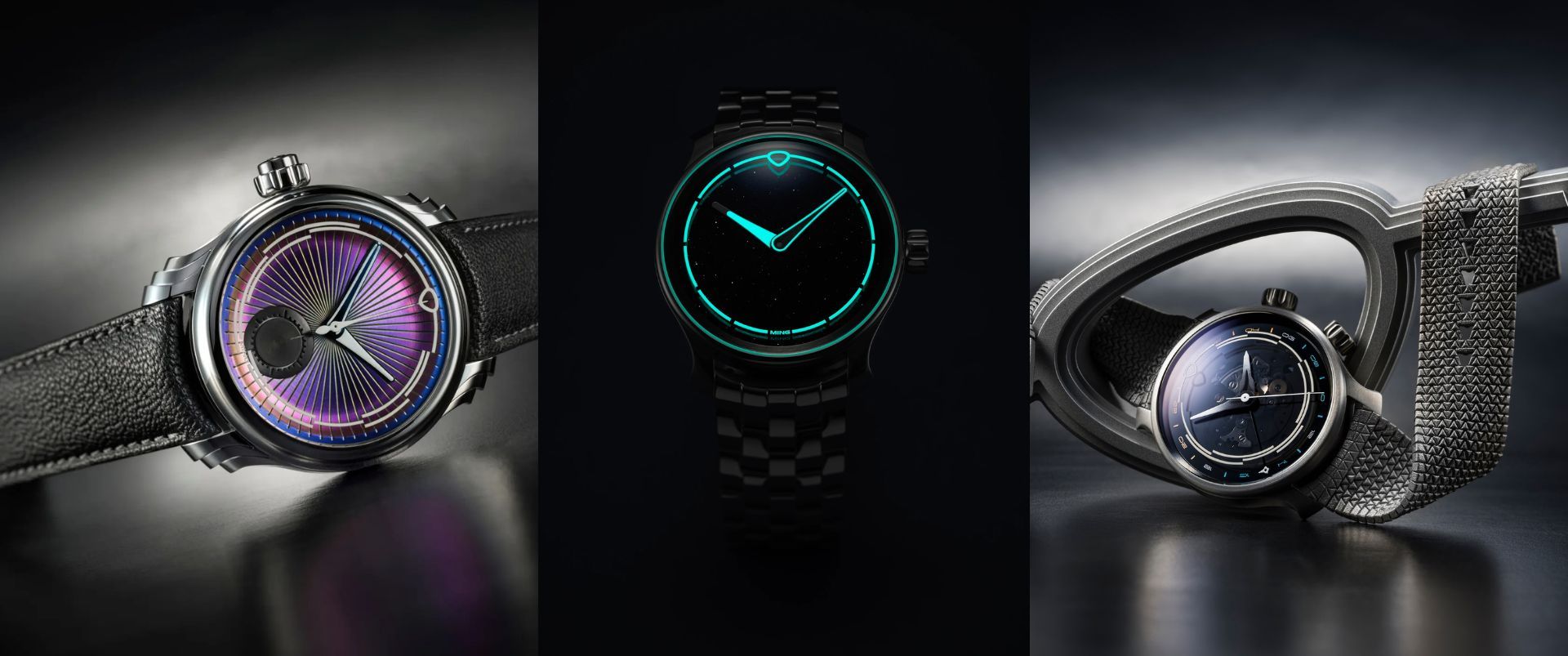Marking The Hours With Patrik Hoffman, Executive Vice-President At Watchbox Dissecting The Many Layers Of The Pre-Owned Watch Market
Watchmakers have debated for a long time whether mechanical timepieces have a future in our increasingly digital society, full of smartphones, connected watches, and other devices. Now that Millennials are well into their 30s and 40s, they have far more purchasing power than they did before. Gen Z, solidly established in their 20s, isn't far behind. No longer is it necessary to speculate about how millennials and Gen Z will feel about high-end timepieces. It's official: millennials and members of the next generation have a penchant for vintage timepieces.
A report by Deloitte estimates that the value of the second-hand watch market will rise to CHF 35 billion by 2030, thanks in large part to the spending habits of Millennials and members of Generation Z.
To save money, of course, but also to find rarer or vintage models that are no longer produced, this is one of the main draws of purchasing a pre-owned watch. Wait times for new models from the most sought-after brands are getting longer, further encouraging customers to examine previously owned watches from the same companies.
Websites that offer certified timepieces are thriving, demonstrating that the second-hand sector, formerly the domain of enthusiasts and auction houses, is now of significant interest to a new generation of consumers. Amidst this, Watchbox has emerged as a premier marketplace for buying, selling, and trading pre-owned luxury timepieces because of its cutting-edge technology, constant innovation, and unparalleled global experience in the high-end watch market. They are the most reliable source for watch enthusiasts all over the world, and our plans include opening new locations in the United States, Hong Kong, Switzerland, Singapore, and Dubai.
The Hour Markers caught up with Patrik Hoffman, Executive Vice President of Watchbox Switzerland to understand the boom of the pre-owned watch market, how Watchbox plays an important role and the future of this market.
THM: After a flamboyant three-decade career in the watch industry, you were appointed executive vice president at Watchbox. What prompted this shift towards the pre-owned watch market?
Patrik: It was accidental. I retired from the watch industry in 2017 and didn’t want to be in the watch business anymore. At that time, I was approached by the two founders - Liam Wee Tay and Danny Govberg and I flew to the headquarters in Philadelphia. I was amazed at the work they were doing since it was a completely different world. And that’s how it started. It was more based on the relationships I had with the industry in the past that prompted the shift.
THM: After Watchbox made its’ entry into Switzerland, how have the Swiss brands reacted to this? Do they see it as a compete or a compliment?
Patrik: We opened our office in the heart of Switzerland in Neuchâtel. We also have a watch lounge in Zurich. The reason we chose Neuchâtel was because we wanted to have a connection with the watchmakers, artisans and brands. Several brands saw the pre-owned watch market as an enemy. However, brands with an entrepreneurial spirit embraced this change. They realised that the pre-owned watch market is actually a support to the primary market. CEOs of brands that embraced what we were doing are from brands that are extremely successful. They realised the importance of having a high second-hand value of their watch. It was a 360 approach! Watchbox was founded by the Govberg group which is an authorised retailer of Rolex and Patek Philippe watches. So you can be assured that these brands recognise our work. And for those CEOs who do not know the importance of the second-hand market, well they’re in the wrong place.
THM: With the worth of the pre-owned watch market by 2030 being at par with what the new watch market is today, what is the potential for growth for the pre-owned watch market? Who do you think is your customer?
Patrik: There is great potential just like the car industry. For instance, the pre-owned car industry in Switzerland is double the size of the primary market. The numbers of the pre-owned watch market show that it is only going to double in the next 5-10 years. Coming to our consumers, for Watchbox particularly, there are a variety of consumers.
- For instance, there may be a consumer who may be looking for a bargain since he/she wants to own a brand in the range of $6000-8000 or CHF. However, he can get the piece in the pre-owned watch market 4-5 years later at a price of $3000-4000 or CHF.
- The other category of customers may be someone who is looking for a timepiece that is not available anymore since it is a limited-edition timepiece. But at Watchbox you may just find it.
- The next set of customers are those who want a timepiece for which you need to be on the waiting list like Patek Philippe, Audemars Piguet, Rolex, Richard Mille, etc.
- Lastly, the fourth category of customers is those who look at timepieces as an asset class. As per a study by Deloitte, as of last year, almost 19% of customers were looking at buying a timepiece in the next 18 months because they viewed it as an asset class. As per this year's study, it increased to 23%. Genz and millennials have an influence on the pre-owned watch market. Buying a watch from the pre-owned market can be due to several reasons like - your circle, sustainability and also, the “cool” factor.
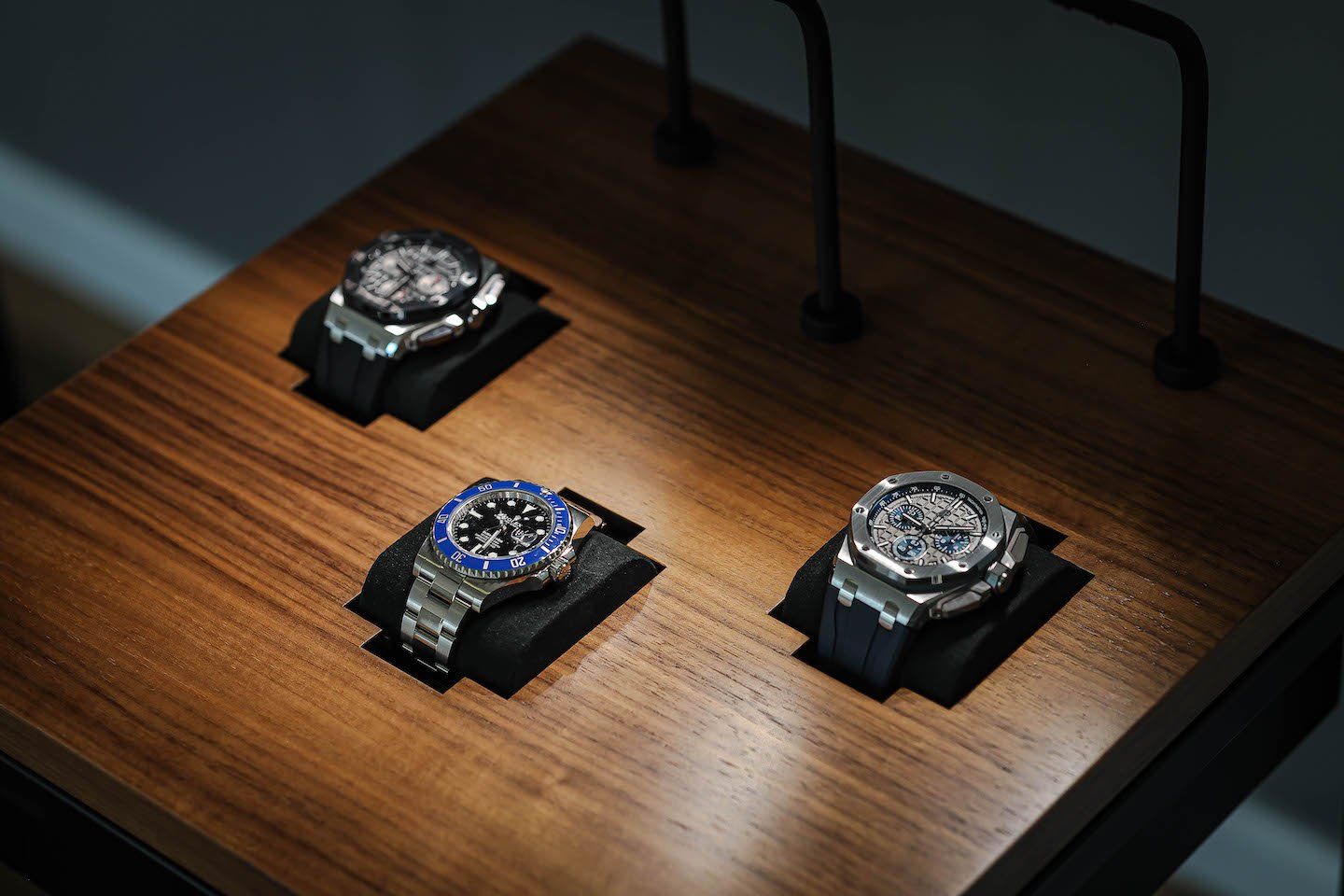
THM: In India, this perception is slowly changing due to the rise of collector groups, communities and growing awareness. Talk us through the process of procuring a watch from Watchbox.
Patrik: Firstly, we are an Internet-based company. In 2017, we had no touchpoint for sales. This changed when we ventured out to Dubai and partnered with Seddiqi. At the end of 2023, we will have 13 offices which will be lounges, boutiques and stores.
- People write to us via email or SMS. We don’t have a click-and-buy system since our average price is extremely high; almost standing at $30,000.
- We have traders who buy and sell and trade with end-consumers. These traders act as portfolio managers and build a relationship with the consumers. These traders ensure pre-payment and then get the timepiece delivered to the end-consumer. If the consumer doesn’t like the timepiece, they can send it back within 14 days.
- When it comes to us buying, the consumer sends us a picture of the timepiece, warranty card, the box, etc. The trader makes an estimate for that timepiece. The consumer then sends the timepiece for verification. If the timepiece matches what was sent after running a few tests, we send the customer a cheque within 24 hours. Or we may go back to the end consumer and tell them that the timepiece doesn’t match our expectations and return it.
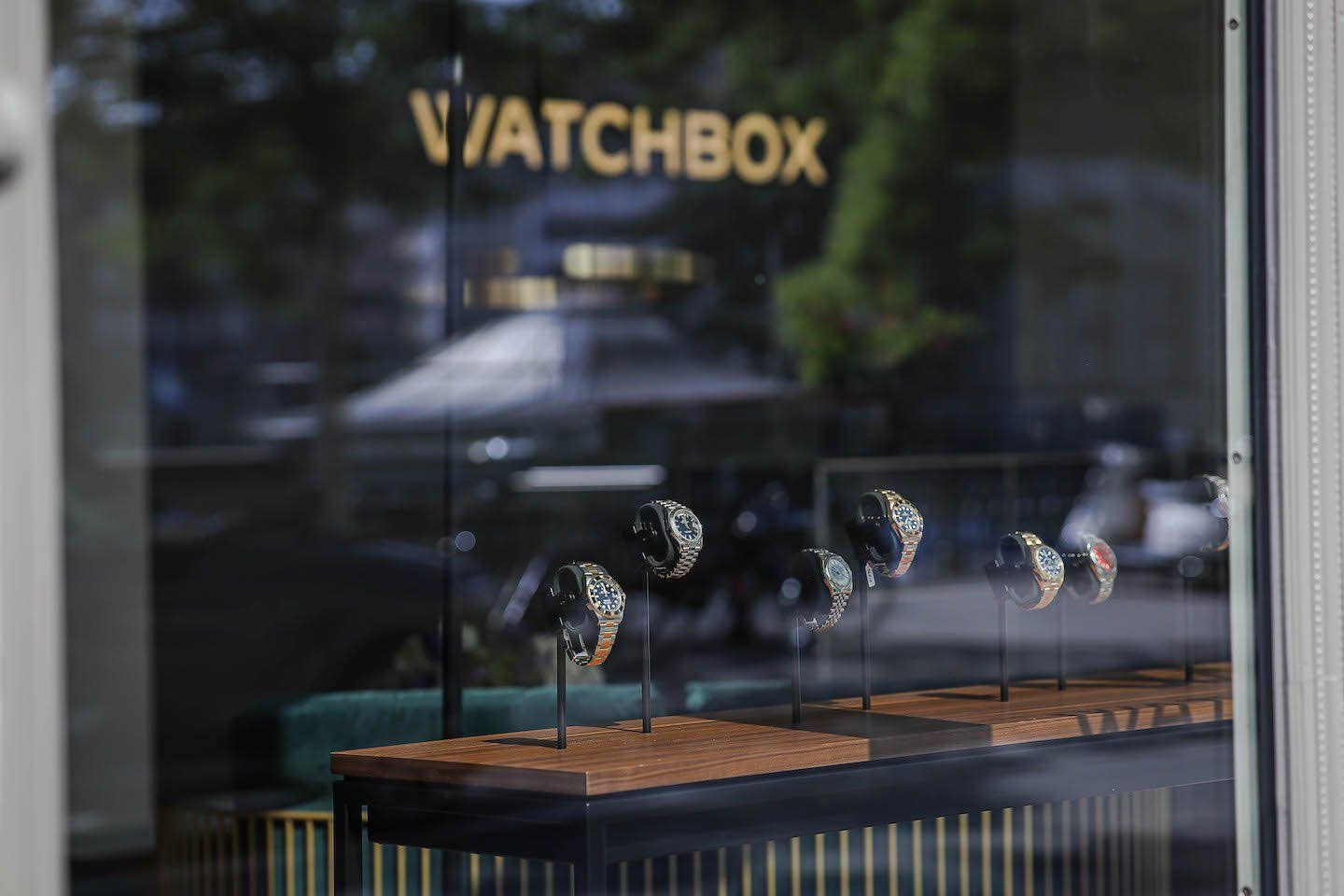
THM: How do you pick the watches to be featured on Watchbox?
Patrik: We certainly know what we are seeking. People come to us with what they have and in many cases, we have to tell them that we are not interested in buying the timepiece. Our average price is higher with the starting price range being from brands like Oris and Tag Heuer. Whatever goes below the average price or brand positioning, we don’t get into it. What we really look at is market value because we have to be able to sell it. We are not a platform that connects the buyer and seller. We buy, stock and then sell the timepiece.
A person may come to us with a certain timepiece today and we may agree to buy it at that price. Or we may pay less or more a few days later since the market has changed. If we have multiple pieces in the inventory, we may pay less. We may also not take up a watch that is difficult to sell. If you look back in time, lowering the price of luxury timepieces was a no-go. Today, when traders at Watchbox sell the timepiece, they’re unaware of the retail price because it’s not important to them. Our whole business model revolves around the current market value.
THM: What are the best-performing brands in the pre-owned watch market?
Patrik: It depends on the business model that we have. For most people, it would be brands like Rolex, Patek Philippe and sports models from Audemars Piguet and Richard Mille. At Watchbox, we have shown interest in niche brands. Brands that are performing really well for us include, F.P Journe, H.Moser and De Bethune. The value of timepieces has gone up with several trading over retail. Brands that are trading really fast at Watchbox include Omega, Breitling, etc. Manufacturers and CEOs have realised that they do not need to overproduce timepieces.
THM: With Watchbox being a digital platform, how do you see the rise of NFTs and Metaverse impact the watch world?
Patrik: I have mixed feelings however it is coming out very strong. Our watch industry is rather traditional and it takes time. But, since we are dealing with a brand which was the first brand to open a boutique in Metaverse (Chronoswiss), over time it will become natural. NFTs and chips will be a part of the luxury watch market.
THM: With the FIFA fever on an all-time high, various brands are coming out with watches paying homage to footballers or taking inspiration from the game. Do you have a favorite watch or team?
Patrik: The team of course has to be Switzerland and the brand that comes to your mind would be Hublot.
That being said, the pre-owned watch segment is picking pace and we cannot wait to see how platforms like Watchbox drive change in the luxury timepiece industry.
No articles found

